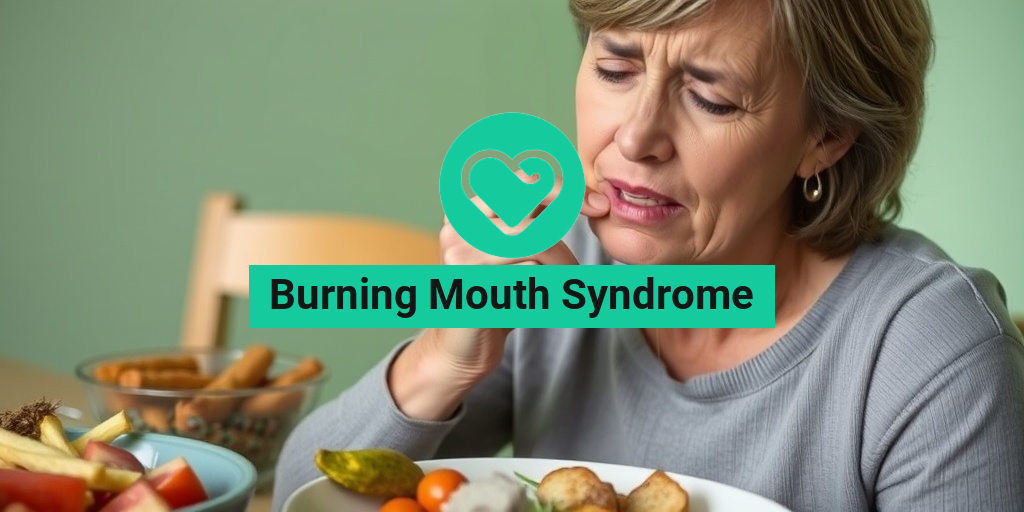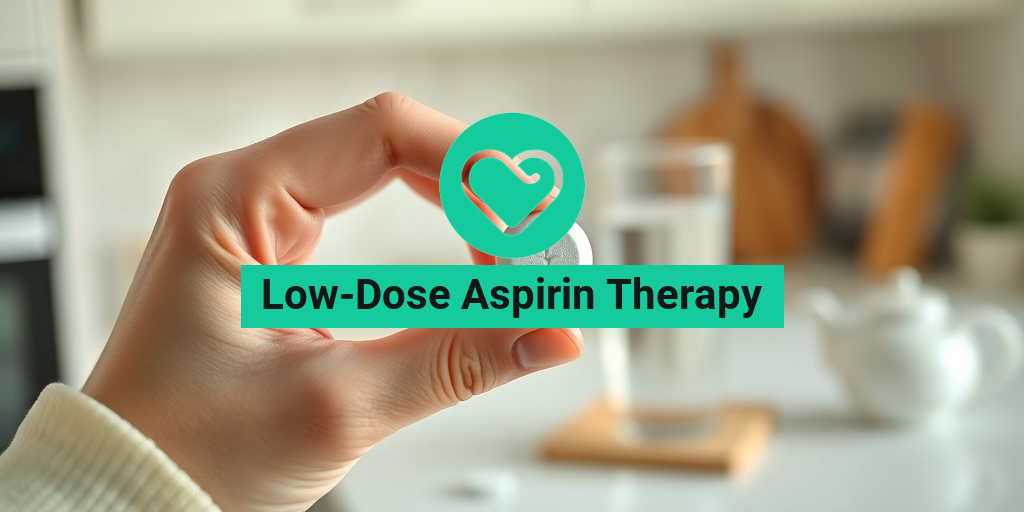What Are Panic and Anxiety Disorders?
Panic and anxiety disorders are a group of mental health conditions that can significantly impact an individual’s quality of life. These disorders are characterized by feelings of excessive fear, anxiety, and apprehension that are persistent and overwhelming. According to the National Institute of Mental Health (NIMH), approximately 40 million adults in the United States suffer from anxiety disorders, making them the most common mental illness in the country.
Defining Panic and Anxiety Disorders
Panic and anxiety disorders are a spectrum of conditions that share similar symptoms, but have distinct characteristics. Panic disorder is a condition where an individual experiences recurring panic attacks, which are sudden episodes of intense fear or discomfort that reach a peak within minutes. These attacks can occur at any time, even when there is no apparent reason for them.
Anxiety disorders, on the other hand, are a broader category of conditions that involve excessive and persistent worry, fear, or anxiety. This can manifest in various ways, such as social anxiety disorder, generalized anxiety disorder, or specific phobias.
The Connection Between Panic and Anxiety Disorders
While panic disorder and anxiety disorders are distinct conditions, they often co-occur. In fact, many individuals with panic disorder also experience anxiety disorders, and vice versa. This is because both conditions share similar underlying mechanisms, such as an overactive amygdala (the brain’s fear center) and an imbalance of neurotransmitters like serotonin and gamma-aminobutyric acid (GABA).
Understanding Panic Attacks
Panic attacks are a hallmark symptom of panic disorder, but they can also occur in individuals with other anxiety disorders. A panic attack is a sudden episode of intense fear or discomfort that reaches a peak within minutes and includes physical symptoms such as:
- Racing heartbeat or palpitations
- Sweating
- Trembling or shaking
- Shortness of breath or feeling of choking
- Nausea or abdominal discomfort
- Dizziness or lightheadedness
- Fear of losing control or dying
During a panic attack, an individual may experience a sense of impending doom or death, which can be extremely distressing. These attacks can occur at any time, even when the individual is in a safe environment, and can be triggered by various factors, such as stress, anxiety, or certain stimuli.
If you’re struggling with panic and anxiety disorders, it’s essential to seek professional help from a mental health expert. They can help you develop coping strategies, provide support, and recommend evidence-based treatments. Additionally, resources like Yesil Health AI (yesilhealth.com) can provide valuable information and guidance on managing anxiety and panic disorders. 🌟
Remember, you’re not alone in this struggle. With the right support and treatment, it’s possible to manage panic and anxiety disorders and regain control over your life. 💪

Anxiety Disorder Symptoms
Anxiety disorders can manifest in different ways, and it’s essential to recognize the symptoms to seek proper treatment. If you’re experiencing any of the following symptoms, it’s crucial to consult a mental health professional for an accurate diagnosis and guidance.
Physical Symptoms
Some common physical symptoms of anxiety disorders include:
- Rapid heartbeat or palpitations: You may feel like your heart is racing or pounding in your chest.
- Sweating or trembling: You may experience excessive sweating, trembling, or shaking, especially in your hands or fingers.
- Shortness of breath or feeling of choking: You may feel like you’re unable to catch your breath or that you’re choking.
- Nausea or stomach discomfort: You may feel queasy or experience stomach pain or discomfort.
- Tension headaches or muscle aches: You may experience frequent headaches or muscle tension, especially in your neck, back, or shoulders.
Emotional Symptoms
In addition to physical symptoms, anxiety disorders can also manifest emotionally. Some common emotional symptoms include:
- Feeling of fear or apprehension: You may feel a persistent sense of fear or apprehension, even when there’s no apparent reason to feel that way.
- Restlessness or feeling on edge: You may feel restless, fidgety, or on edge, even when you’re trying to relax.
- Difficulty concentrating: You may struggle to focus or make decisions due to racing thoughts or feelings of anxiety.
- Irritability or mood swings: You may experience sudden mood swings or become easily irritated, even over small things.
- Feeling of impending doom or death: You may have recurring thoughts of death or impending doom, even when there’s no logical reason to feel that way.
Types of Anxiety Disorders
There are several types of anxiety disorders, each with its unique set of symptoms and characteristics. Here are some of the most common types of anxiety disorders:
Panic Disorder
Panic disorder is characterized by recurring panic attacks, which are intense episodes of fear or anxiety that peak within minutes and include physical symptoms like a racing heartbeat, sweating, and trembling.
Social Anxiety Disorder (SAD)
Social anxiety disorder, also known as social phobia, is characterized by feelings of excessive fear or anxiety in social situations, such as meeting new people, speaking in public, or being in crowded areas.
Generalized Anxiety Disorder (GAD)
Generalized anxiety disorder is characterized by persistent and excessive worry about everyday things, such as work, finances, relationships, or health, even when there’s no apparent reason to worry.
Specific Phobias
Specific phobias are characterized by intense fear or anxiety related to specific objects, situations, or activities, such as spiders, heights, or enclosed spaces.
Remember, anxiety disorders are treatable, and seeking professional help is the first step towards recovery. If you’re experiencing any of these symptoms or think you might be struggling with an anxiety disorder, don’t hesitate to reach out to a mental health professional for guidance and support. 🌟

Panic and Anxiety Causes and Risk Factors
Have you ever felt like you’re on edge, constantly worried about something or other? Or perhaps you’ve experienced a sudden, intense fear that seems to come out of nowhere? If so, you’re not alone. Panic and anxiety disorders are common conditions that affect millions of people worldwide. But what causes them, and who’s at risk?
Genetics and Brain Chemistry
Research suggests that panic and anxiety disorders can be inherited. If you have a family history of anxiety or depression, you may be more likely to develop a panic or anxiety disorder. Additionally, imbalances in brain chemistry, such as low levels of serotonin and gamma-aminobutyric acid (GABA), can contribute to anxiety and panic symptoms.
Environmental Factors
Environmental factors, such as trauma, stress, and significant life changes, can also trigger panic and anxiety disorders. For example, experiencing a traumatic event, such as a car accident or the loss of a loved one, can lead to anxiety and panic symptoms. Similarly, major life changes, such as moving to a new city or starting a new job, can cause feelings of uncertainty and anxiety.
Medical Conditions
Certain medical conditions, such as thyroid disorders, heart conditions, and respiratory disorders, can also contribute to panic and anxiety symptoms. For example, people with thyroid disorders may experience anxiety and panic symptoms due to an overactive or underactive thyroid gland.
Lifestyle Factors
Lifestyle factors, such as substance abuse, lack of exercise, and poor sleep habits, can also increase the risk of developing a panic or anxiety disorder. For example, using drugs or alcohol to cope with stress and anxiety can lead to dependence and worsen anxiety symptoms.
How to Diagnose Panic and Anxiety Disorders
Diagnosing panic and anxiety disorders can be a complex process, as the symptoms can be similar to those of other conditions. However, a mental health professional, such as a psychologist or psychiatrist, can diagnose a panic or anxiety disorder based on a combination of the following criteria:
Physical Symptoms
Physical symptoms, such as a racing heart, sweating, and trembling, can be indicative of a panic or anxiety disorder. Other physical symptoms may include:
- Shortness of breath or feeling of choking
- Nausea or abdominal discomfort
- Dizziness or lightheadedness
- Tingling or numbness in the hands and feet
Psychological Symptoms
Psychological symptoms, such as excessive worry, fear, and anxiety, can also be indicative of a panic or anxiety disorder. Other psychological symptoms may include:
- Fear of losing control or going crazy
- Fear of dying or having a heart attack
- Fear of being in a situation where escape is difficult or embarrassing
- Avoidance of certain situations or activities due to fear or anxiety
Diagnostic Criteria
A mental health professional will typically use the diagnostic criteria outlined in the Diagnostic and Statistical Manual of Mental Disorders (DSM-5) to diagnose a panic or anxiety disorder. This may involve:
- A thorough medical and psychological evaluation
- A review of symptoms and medical history
- A mental status examination to assess cognitive function and emotional state
By understanding the causes and risk factors of panic and anxiety disorders, as well as the diagnostic criteria, you can take the first step towards seeking help and finding relief from these debilitating conditions. 💕

Panic and Anxiety Treatment Options
Living with panic and anxiety disorders can be overwhelming and debilitating. The constant fear of panic attacks, anxiety episodes, and feelings of dread can take a toll on your mental and physical health. However, there is hope! With the right treatment options, you can learn to manage your symptoms, reduce anxiety, and regain control over your life.
Cognitive-Behavioral Therapy (CBT)
Cognitive-behavioral therapy is a highly effective treatment option for panic and anxiety disorders. This type of therapy helps you identify and change negative thought patterns, behaviors, and coping mechanisms that contribute to your anxiety. Through CBT, you’ll learn how to:
- Recognize and challenge distorted or unhelpful thinking patterns
- Develop coping skills and strategies to manage anxiety
- Gradually expose yourself to situations that trigger anxiety
- Improve your problem-solving skills and self-confidence
CBT is a collaborative process between you and your therapist, and it’s often conducted in a series of sessions over several weeks or months.
Exposure Therapy
Exposure therapy is a type of CBT that focuses on helping you confront and overcome your fears and anxieties. This therapy involves gradually exposing yourself to situations, objects, or environments that trigger anxiety, while teaching you coping skills to manage your symptoms.
Exposure therapy can be an effective way to:
- Reduce avoidance behaviors
- Improve your ability to cope with anxiety-provoking situations
- Enhance your sense of control and confidence
Lifestyle Changes
In addition to therapy, making lifestyle changes can also help alleviate symptoms of panic and anxiety disorders. Some effective changes include:
- Regular Exercise: Regular physical activity can help reduce anxiety and improve mood
- Healthy Eating: A balanced diet rich in whole foods, fruits, and vegetables can help stabilize your mood and reduce anxiety
- Relaxation Techniques: Practices like deep breathing, progressive muscle relaxation, and mindfulness meditation can help calm your mind and body
- Social Support: Building a strong support network of friends, family, and mental health professionals can help you feel less isolated and more supported
Medications for Panic and Anxiety Disorders
In some cases, medications may be necessary to help manage symptoms of panic and anxiety disorders. While medication alone cannot cure anxiety, it can be an effective tool in conjunction with therapy and lifestyle changes.
Antidepressants
Antidepressants, such as selective serotonin reuptake inhibitors (SSRIs), are commonly used to treat panic and anxiety disorders. These medications work by:
- Increasing the levels of neurotransmitters like serotonin and dopamine in the brain
- Helping to regulate mood and reduce symptoms of anxiety
Some common antidepressants used to treat panic and anxiety disorders include:
- Zoloft (sertraline)
- Paxil (paroxetine)
- Prozac (fluoxetine)
Benzodiazepines
Benzodiazepines, such as alprazolam (Xanax) and clonazepam (Klonopin), are sometimes used to treat anxiety disorders. These medications work by:
- Slowing down the nervous system and reducing anxiety
- Helping to relax muscles and promote sleep
However, benzodiazepines can be habit-forming and are typically used for short-term treatment only.
Remember, medication should always be used under the guidance of a mental health professional and in conjunction with therapy and lifestyle changes. 💊

Frequently Asked Questions about Panic and Anxiety Disorders
What are Panic and Anxiety Disorders?
Panic and anxiety disorders are a group of mental health conditions characterized by feelings of excessive and persistent fear, anxiety, and panic. These disorders can interfere with a person’s daily life, relationships, and overall well-being.
What are the Symptoms of Panic and Anxiety Disorders?
The symptoms of panic and anxiety disorders can vary from person to person, but common symptoms include:
- Rapid heartbeat or palpitations
- Sweating or trembling
- Shortness of breath or feeling of choking
- Nausea or abdominal discomfort
- Dizziness or lightheadedness
- Fear of losing control or dying
- Avoidance of places or situations that trigger anxiety
What are the Types of Panic and Anxiety Disorders?
There are several types of panic and anxiety disorders, including:
- Panic Disorder: characterized by recurring panic attacks
- Social Anxiety Disorder: fear of social or performance situations
- Generalized Anxiety Disorder: excessive worry about everyday things
- Specific Phobias: fear of specific objects, situations, or activities
- Agoraphobia: fear of being in public places or situations
What Causes Panic and Anxiety Disorders?
The exact causes of panic and anxiety disorders are not fully understood, but they can be triggered by:
- Genetics: family history of anxiety disorders
- Brain chemistry: imbalance of neurotransmitters such as serotonin and gamma-aminobutyric acid (GABA)
- Environmental factors: stress, trauma, or significant life changes
- Medical conditions: thyroid disorders, heart conditions, or respiratory disorders
How are Panic and Anxiety Disorders Diagnosed?
Panic and anxiety disorders are diagnosed through a combination of:
- Physical exam: to rule out underlying medical conditions
- Psychological evaluation: to assess symptoms and behavior patterns
- Diagnostic criteria: meeting the criteria for a specific anxiety disorder as outlined in the Diagnostic and Statistical Manual of Mental Disorders (DSM-5)
How are Panic and Anxiety Disorders Treated?
Treatment for panic and anxiety disorders typically involves a combination of:
- Cognitive-behavioral therapy (CBT): to change thought patterns and behaviors
- Medications: such as antidepressants, benzodiazepines, or beta blockers
- Lifestyle changes: stress management, relaxation techniques, and healthy habits
- Support groups: to connect with others who are experiencing similar symptoms
Can Panic and Anxiety Disorders be Prevented?
While panic and anxiety disorders cannot be completely prevented, there are steps you can take to reduce your risk:
- Practice stress management techniques, such as meditation or yoga
- Get regular exercise and maintain a healthy diet
- Get enough sleep and maintain a consistent sleep schedule
- Avoid substances that can trigger anxiety, such as caffeine or nicotine
What is the Outlook for People with Panic and Anxiety Disorders?
With proper treatment and support, people with panic and anxiety disorders can manage their symptoms and improve their quality of life. It’s essential to remember that:
- You are not alone: many people experience anxiety disorders
- There is hope: treatment can be effective in reducing symptoms
- You can recover: with the right support and treatment, you can manage your symptoms and live a fulfilling life
🌟 Remember, seeking help is the first step towards recovery. Don’t hesitate to reach out to a mental health professional if you’re struggling with panic and anxiety disorders. 🌟




